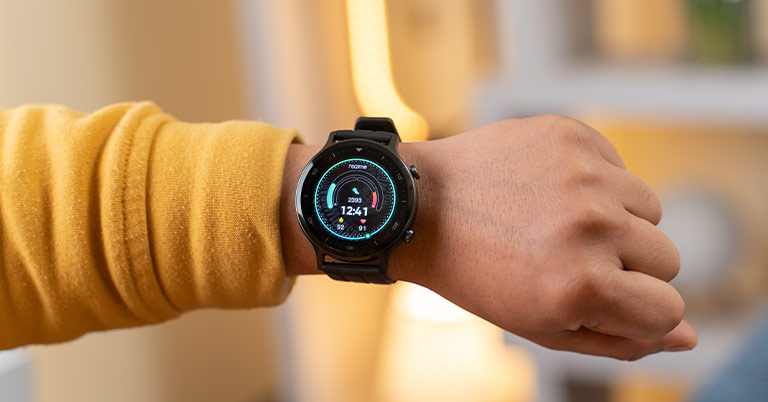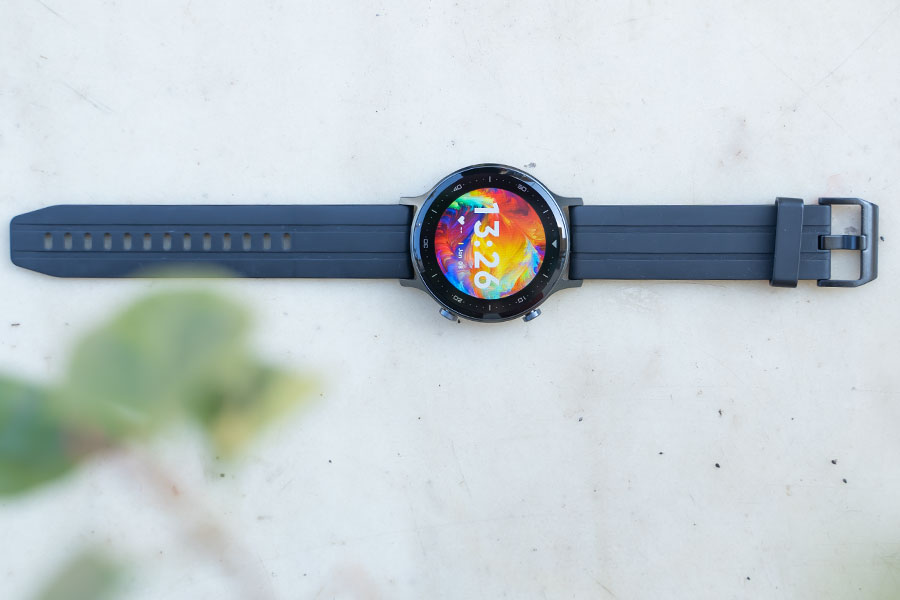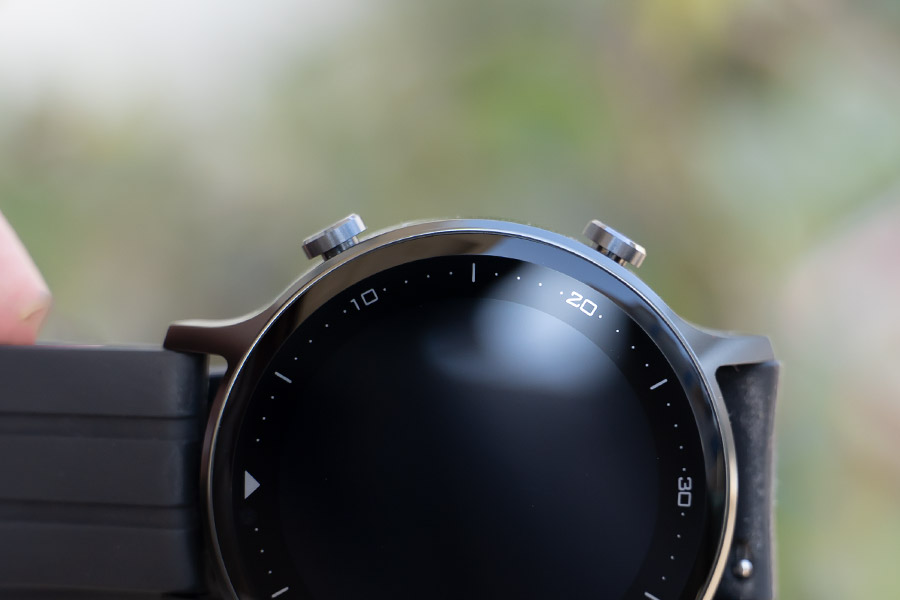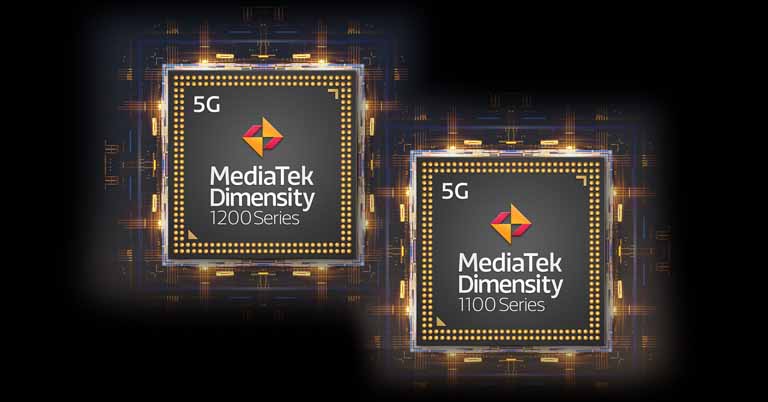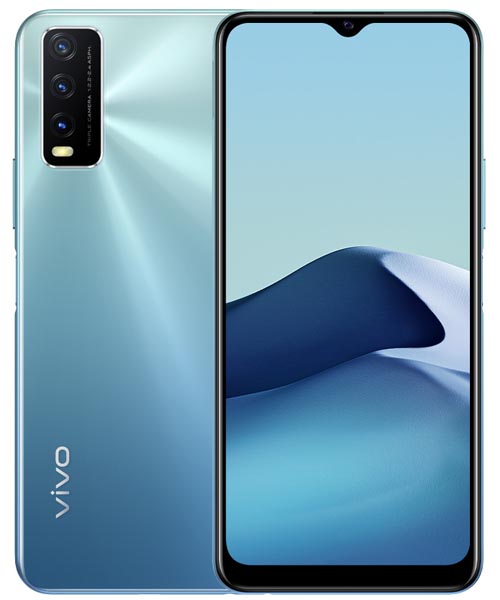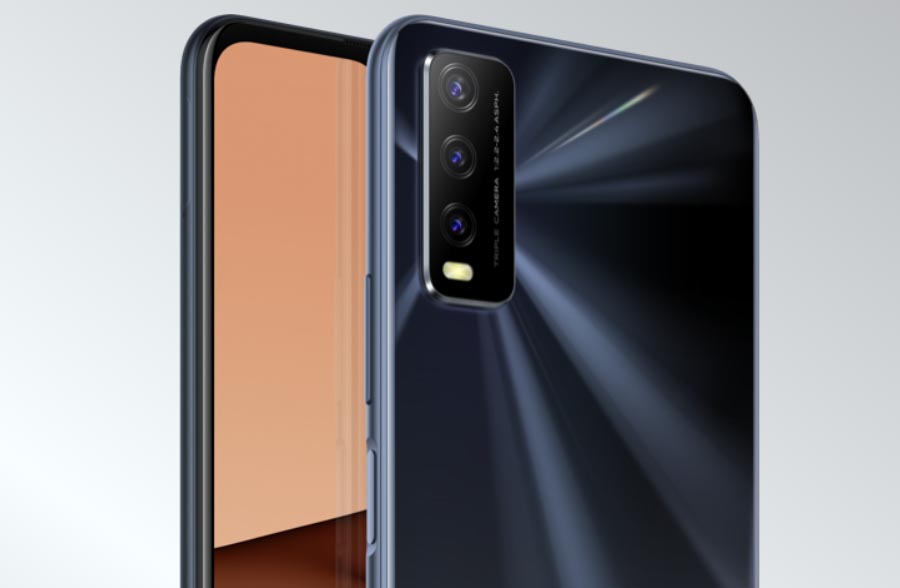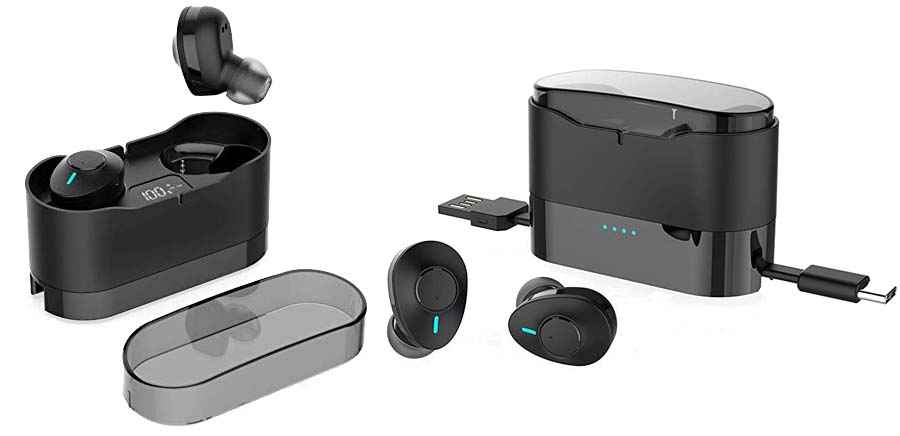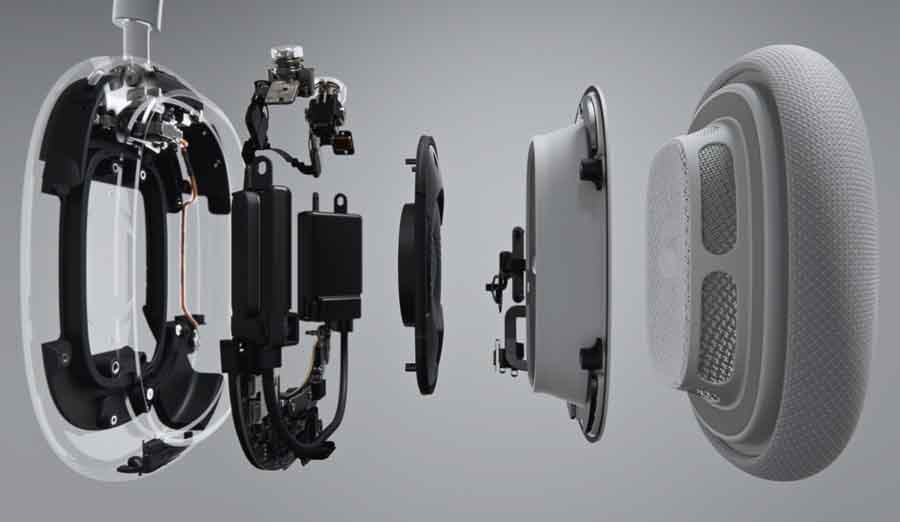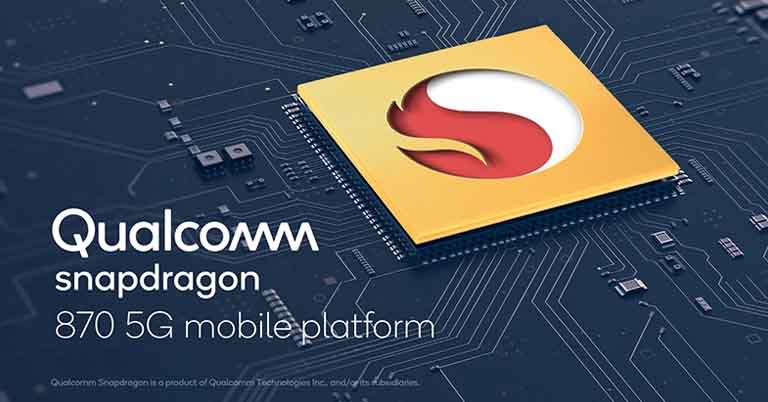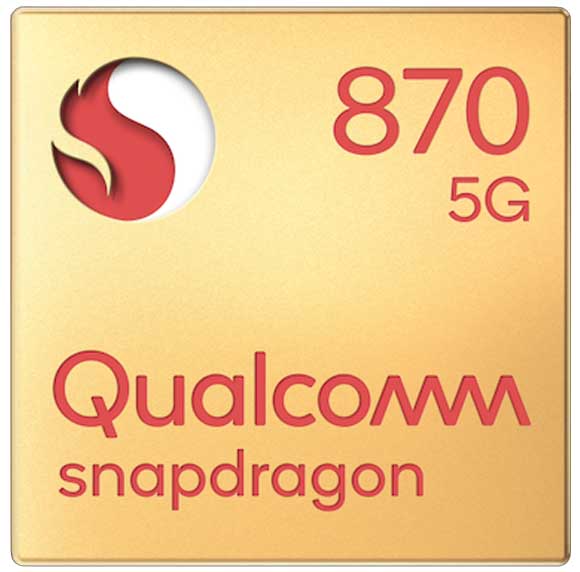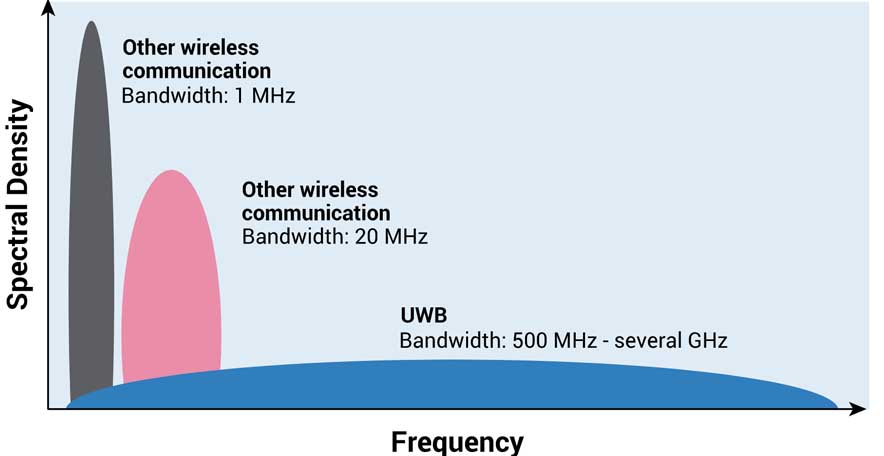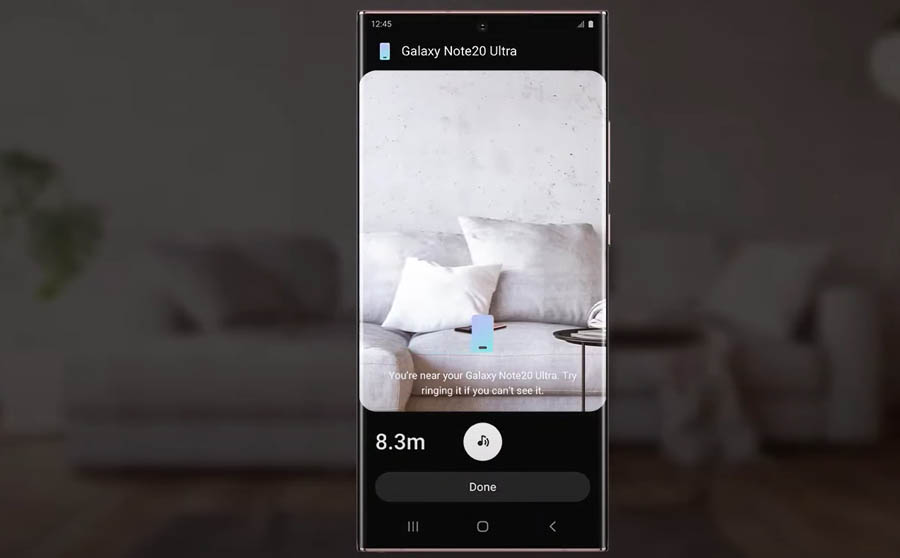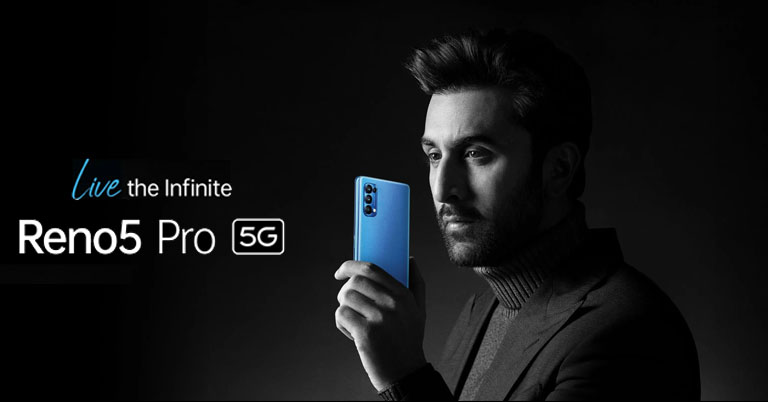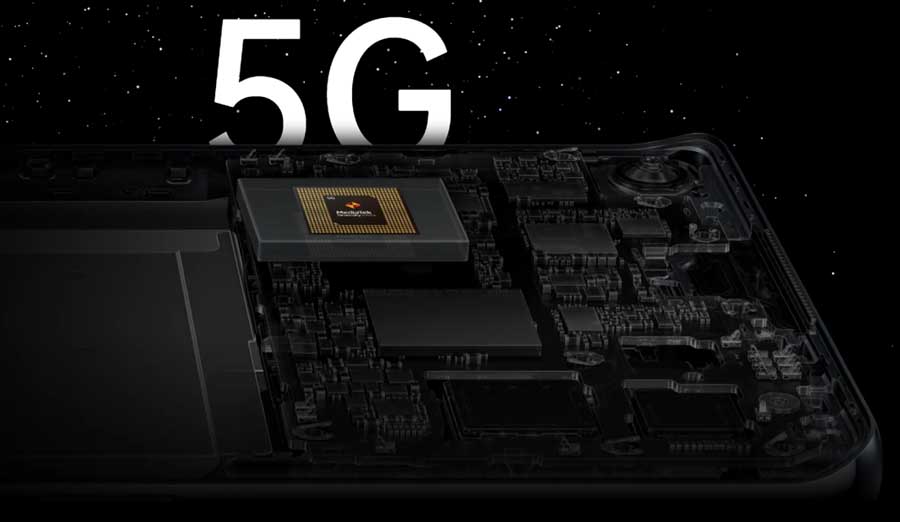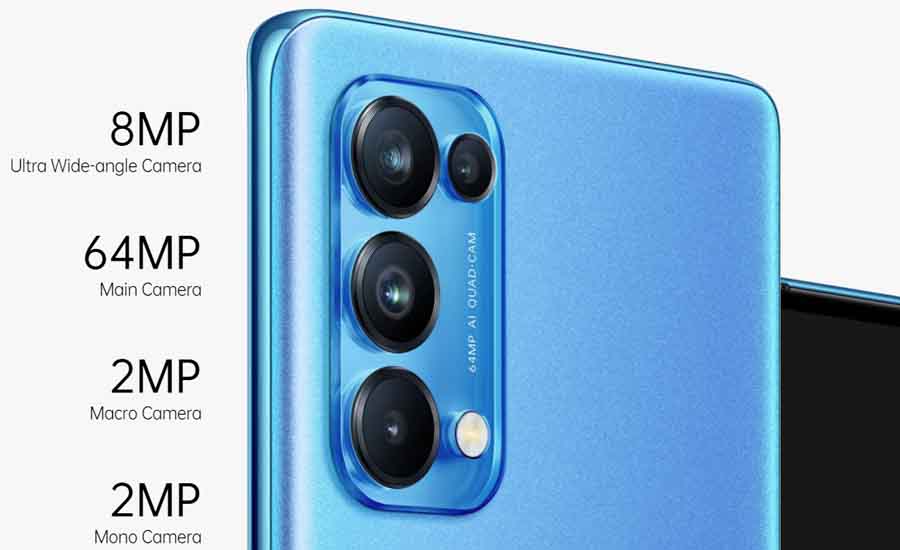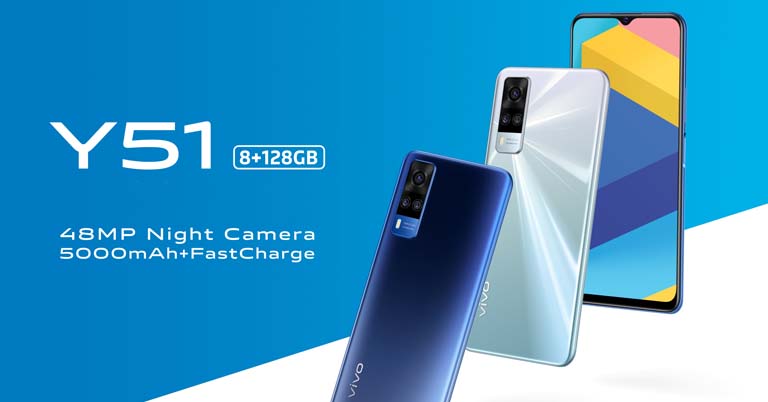Realme recently launched two smartwatches, the Watch S and Watch S Pro. And today, I have the Watch S which is the cheaper of the two. Looking at the specs, it is definitely an upgrade from the first-gen Realme Watch, both in terms of looks and functionalities. Here, I’ll be sharing my entire experience with the Realme Watch S in this full review.
Realme Watch S Specifications:
- Dimension: 259 x 47.0 x 12.0mm (with wrist strap)
- Weight: 48g (with wrist strap)
- Design: Aluminum alloy case, Silicone Wrist band
- Display: 1.3-inches LCD panel; Gorilla Glass, Auto-Brightness adjustment
- Resolution: 360 x 360 pixels; 278PPI
- Water-resistance level: IP68 rating
- Connectivity: Android 5.0+ (No iOS support)
- Companion app: Realme Link
- Sensors: 3-axis Accelerometer, Optical Heart sensor, Photosensitive sensor, Wearing monitoring sensors
- Sports Mode: 16 different modes
- Battery: 390mAh
- Battery Endurance: 15 days (hear rate function enabled)
- Charging Type: Magnetic Charging Base
- Price in Nepal: Rs. 9,999
Realme Watch S Review:
Design & Build
- Aluminum alloy finish, TPU strap
- IP69 dust/water resistance
Okay, coming from the Realme Watch, the new Watch S sees a big upgrade in terms of design. You get a circular form factor with a watch dial at the top that does not rotate (obviously). But unlike the plastic material on the Realme Watch, this one has an aluminum alloy finish, which does not feel cheap.
The TPU strap is soft and comfortable and it’s available in a couple of color options. Sadly for me, I have this Black one and there aren’t other varieties available in Nepal. But in markets like Europe and India, other colorful straps will be available shortly as well.
Anyway, you get two buttons on the right frame of the Realme Watch S. The top one functions as a home/back button and also launches the menu screen, while the one at the bottom is a shortcut to the exercise menu. And I like the fact that these buttons have fairly good feedback especially coming from the Realme Watch.
Display
- 1.3-inches LCD panel, 278 PPI
- Corning Gorilla Glass protection
- 360 x 360 pixels, Auto brightness
Similarly, compared to the measly 320 x 320 pixels of its predecessor, the Watch S has a 1.3” LCD screen with a 360 x 360-pixel count, making for a sharper and more pleasant display to look at. The content does not look pixelated here and the colors look really good too.
![Watch S - Display [2]](https://cdn.gadgetbytenepal.com/wp-content/uploads/2021/01/Watch-S-Display-2.jpg)
It’s not as good as the AMOLED screen on the Watch S Pro, but good enough for the price, to say the least. The company has also improved on the brightness aspect and added an auto-brightness feature which is great. Likewise, the number of available built-in watch faces has increased and I have to say that some options are really appealing. You also have the option to customize your own watch face if you’d like!
But one thing that still bugs me is how the screen response is still a bit slow. Not annoyingly slow, but it takes some time to register your touch. Maybe it’s because of the entry-level chipset it has or it’s a software thing, but I hope the company can overcome that in the future.
Now, functionality-wise, the Watch S is still a simple and basic smartwatch like its predecessor, so operating it is really easy. Swiping down from the home screen takes you to the notifications while swiping up from the bottom opens up the shortcut for all functions. Likewise, swiping left or right from the home screen takes you to the quick toggle menu and health stats.
Health, Fitness Tracking
- Real-time heart rate monitoring
- Blood oxygen level (SpO2) monitor
- 16 sport modes (including yoga, cricket)
Alright, general information aside, this time, Realme has added a few more options for exercise and now there are 16 in total. I am not that big of a fitness freak, so I only have tested a few of the exercises like walking, running, skipping, which I do on a daily basis. But other than that, you can track quite a lot of things including, basketball, football, aerobics, meditation, breathing, etc. By the way, just like it was with the Realme Watch, all your exercise stats can be viewed on your Realme Link app.
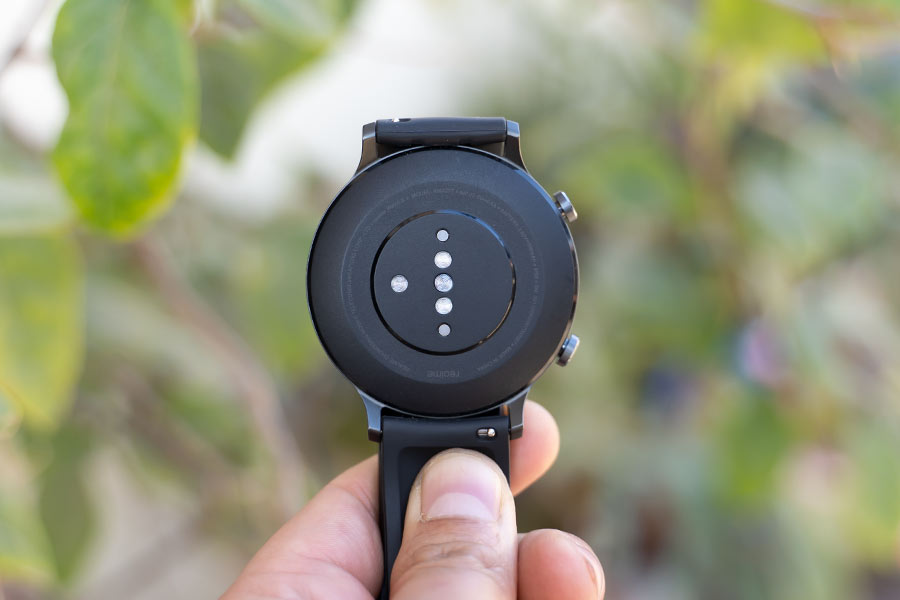
The app is basically the same as before. And I am a little disappointed that this generation of Realme Watch still doesn’t have iOS compatibility. Thus, I had to pair it with my Samsung phone which I’ve been using as my secondary device. But seeing how the premium Watch S Pro supports the iOS platform, I’m hopeful that the standard Watch S will see Apple compatibility in the coming days.
Talking about the app itself, it’s a basic one with nothing outstanding. You can view all your health stats on the home page itself, while all the settings like reminders, notifications, watch faces, etc. can be accessed by going to the settings option that is available on the top right of the app!
No built-in GPS
To adequately difference the Watch S and Watch S Pro, Realme hasn’t included a built-in GPS on this one. So, if you wish to track your trails on your exercises, you’re gonna have to use your phone’s GPS.
![Watch S - Display [1]](https://cdn.gadgetbytenepal.com/wp-content/uploads/2021/01/Watch-S-Display-1.jpg)
Now, about other health-related features, well, it’s the same as before. You get a heart rate monitor, a step and calorie counter, a sleep tracker, and a SpO2 monitor. Now, like always, I compared these functions with the Galaxy Watch Active 2 and found that the sleep tracking and step counting to be pretty accurate while I got slight variations in the Blood Oxygen data and heart rate stats. The difference isn’t that huge, so it should not be that big of a deal I guess.
Moving on, matching its predecessor, you don’t get a microphone here either. Still, the most you can do is dismiss calls from the watch. Likewise, the notifications are non-actionable too. But that is to be expected, I guess. Also, the Watch S does not support automatic detection of exercises like you find on high-end smartwatches, so you will have to do it manually which is always a bit less convenient.
Battery Life
- 390mAh (up to 15 days’ endurance)
Okay, among everything else, this watch certainly impresses with its battery life. Its 390mAh cell is very very promising. The company advertises saying that it can last for full 15 days with the heart rate sensor enabled. In my usage, it provided me with 12 days of usage with all my workout-tracking, which is still fantastic.
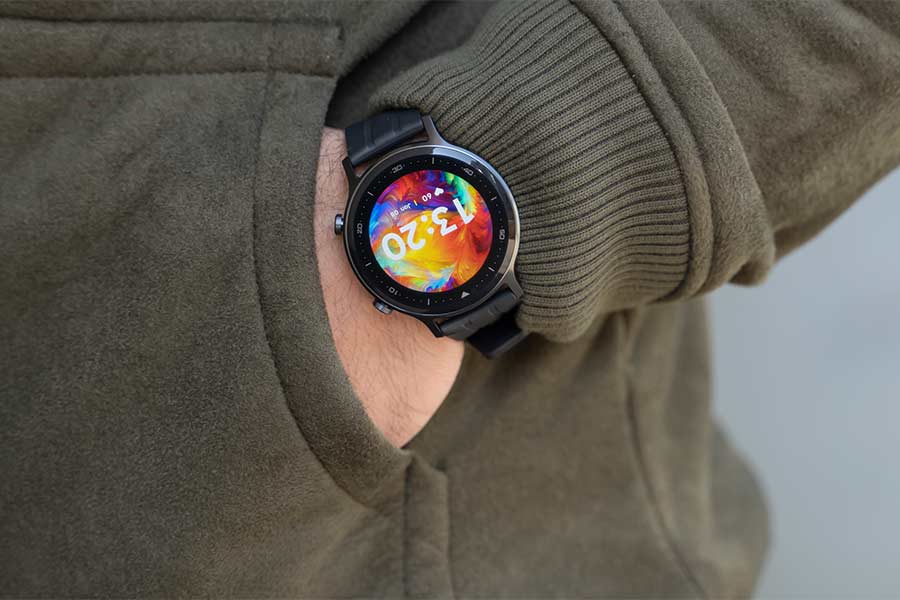
By the way, I have enabled the heart rate monitoring option to run every 5 minutes and I always use the watch in the 4th level of brightness. Charging the Realme Watch S is possible with this magnetic 2-pin circular charger and it takes more than 2 hours to juice up fully!
Conclusion
All in all, I have to say that the Realme Watch S is a very good budget fitness tracking option and definitely an upgrade over the Realme Watch. Though the upgrades are not of big magnitude, my complaint regarding the display’s pixelation and design have been addressed. As a result, I am happy with what we’ve got here.
Having said that, I still wish that the app be available on iOS devices; all the while being a little more feature-packed as well. Also, maybe Realme could focus a little more on core fitness tracking, for instance, by providing an automatic workout detection option or such.
- Check out our video review of the Realme Watch S.
Realme Watch S Review: Pros & Cons
Pros:
- Great 2nd-gen product
- The circular dial looks classy
- IP68 dust/water resistance
- Decent display quality
- Multiple health tracking options
- Excellent battery life
Cons:
- iOS support is still non-existent
- Non-actionable notifications
- No built-in location tracking
- UI/UX is relatively slow


